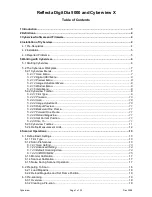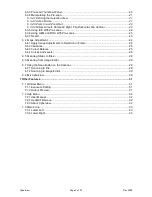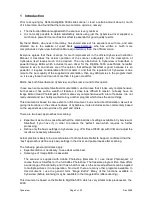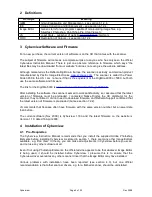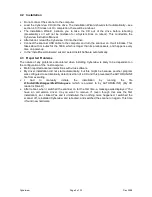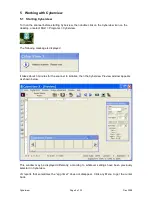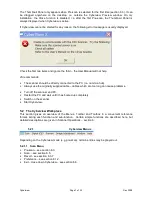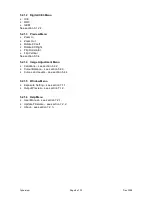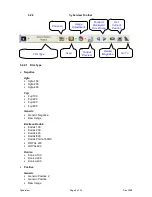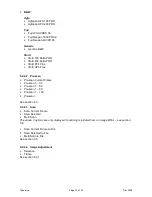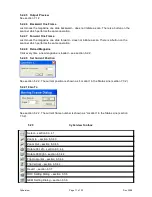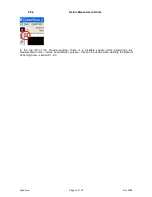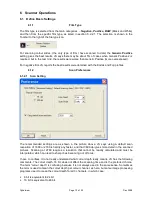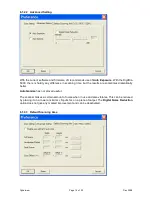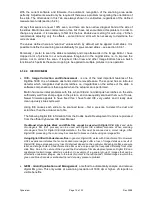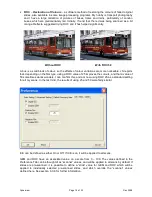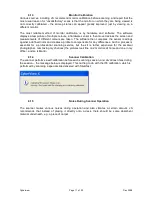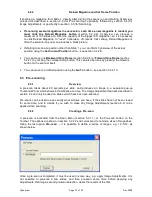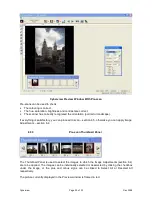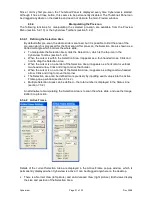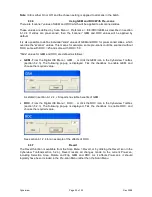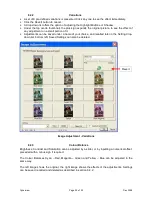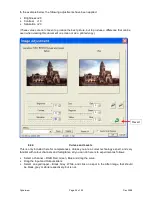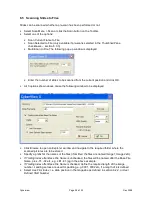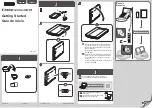
6 Scanner Operations
6.1 Define Basic Settings
6.1.1
Film Type
The film type is selected from the main categories –
Negative, Positive, B&W
(Black and White)
and then from the specific film type, as listed in section 5.2.2.1. The selection is shown in the
Toolbar to the right of the file type icon.
For scanning colour slides, (the only type of film I have scanned to date) the
Generic Positive
setting gives the best results. JS says there may be about 5% of cases when Generic Positive 2 is
required, but in the test I did, the results were worse than Generic Positive (more overexposed).
For negative film, JS reports the best results were obtained with the Kodak and Fuji profiles.
6.1.2
Scan Preferences
6.1.2.1 Scan Setting
The recommended settings are as shown in the picture above. JS says using a default scan
resolution of 1800 or 2700 is hardly any faster, and that 3600 dpi gives more detail in the scanned
pictures. Scanning at 2700 requires a resolution that cannot be readily calculated and must be
interpolated, which can lead to sharp lines becoming out of focus.
I have to confess I do not really understand what colour depth really means. JS has the following
comments. The colour depth, 16 bit, does not affect the scanning time and is the preferred choice.
The term “colour depth” is confusing because it is not always used in the same sense. Sometimes
the term is used to mean the colour depth per colour channel, as here, but some image processing
programs use it to mean the colour depth for all 3 channels, in which case:
•
8 bit is equivalent to 24 bit
•
16 bit is equivalent to 48 bit.
Cyberview
Page 13 of 33
Dec 2008

